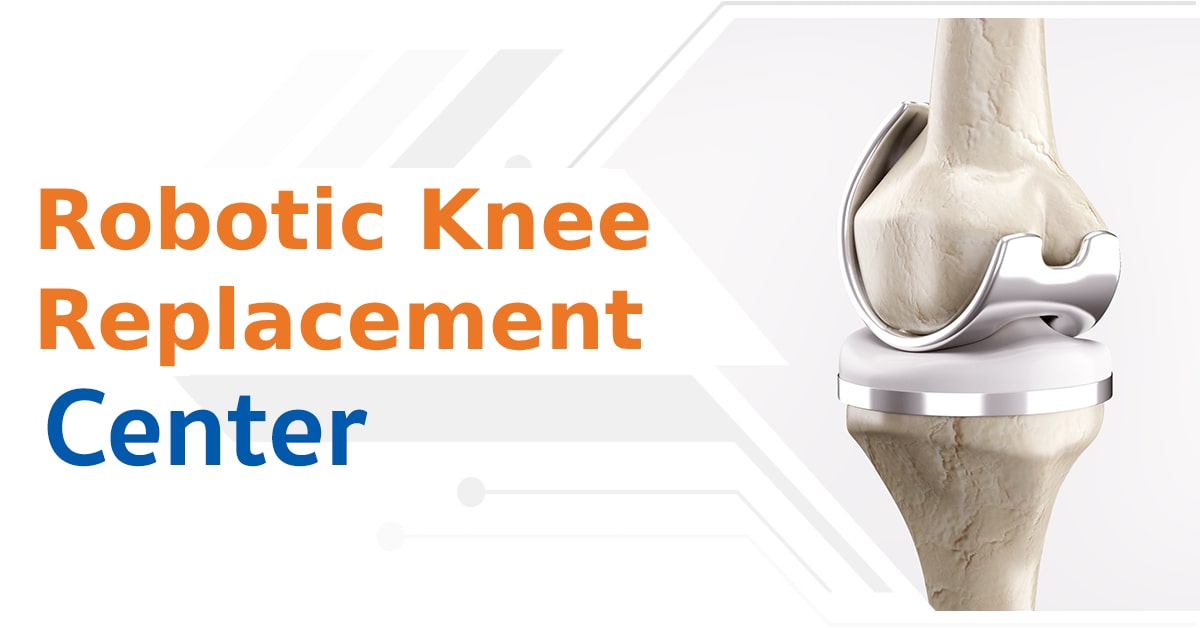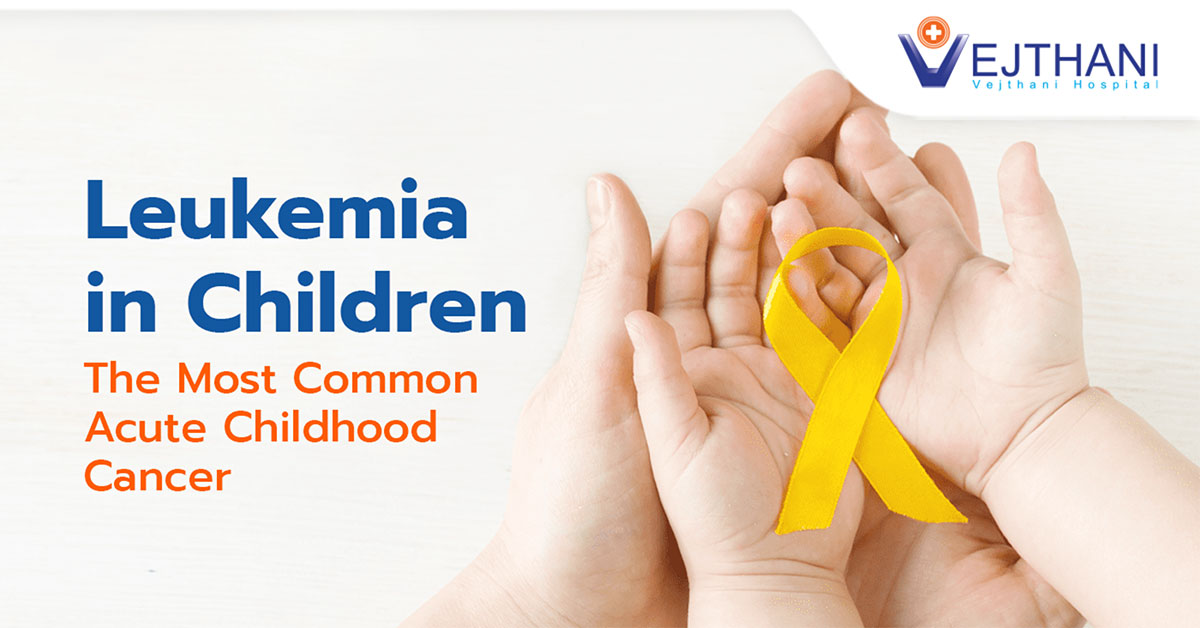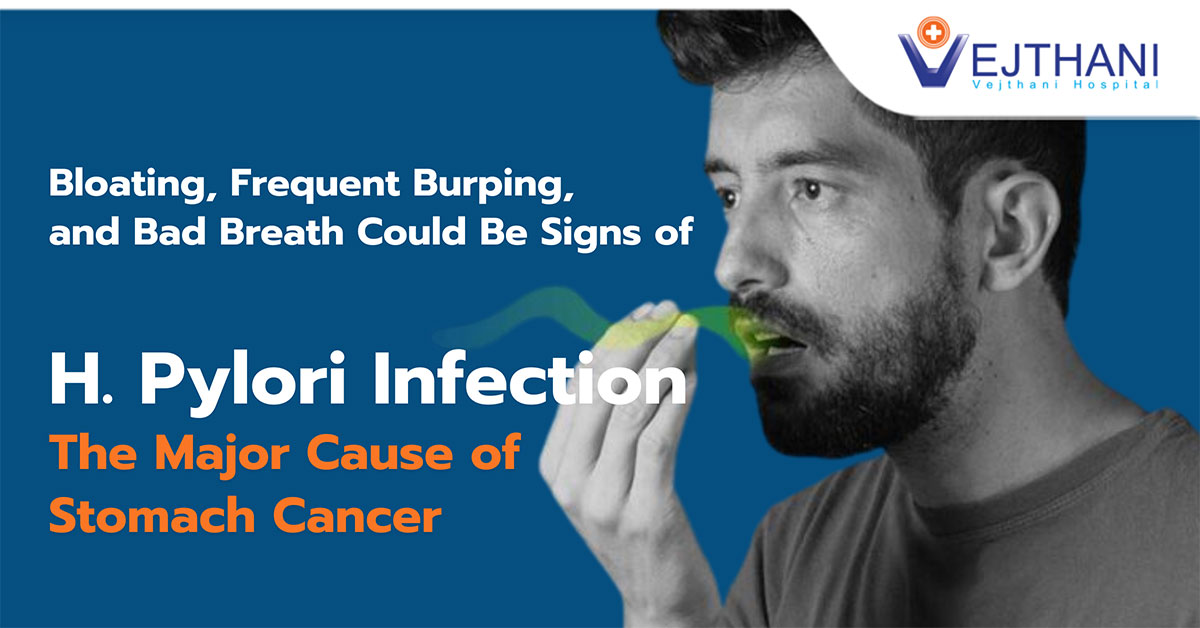
Health Articles
Attention Deficit Hyperactivity Disorder (ADHD or AD/HD or ADD)
Attention Deficit Hyperactivity Disorder is a developmental disorder. It is primarily characterized by “the co-existence of attention problems and hyperactivity, with each behavior occurring infrequently alone” and symptoms starting before seven years of age.
ADHD is the most commonly studied and diagnosed psychiatric disorder in children, affecting about 3 to 5 percent of children globally and diagnosed in about 2 to 16 percent of school aged children. It is a chronic disorder with 30 to 50 percent of those individuals diagnosed in childhood continuing to have symptoms into adulthood. Adolescents and adults with ADHD tend to develop coping mechanisms to compensate for some or all of their impairments. It is estimated that 4.7 percent of American adults live with ADHD. Standardized rating scales such as WHO’s Adult ADHD Self-Report Scale can be used for ADHD screening and assessment of the disorders symptoms severity.
ADHD is diagnosed two to four times more frequently in boys than in girls, though studies suggest this discrepancy may be partially due to subjective bias of referring teachers. ADHD management usually involves some combination of medications, behavior modifications, lifestyle changes, and counseling. Its symptoms can be difficult to differentiate from other disorders, increasing the likelihood that the diagnosis of ADHD will be missed .Additionally; most clinicians have not received formal training in the assessment and treatment of ADHD, particularly in adult patients.
ADHD and its diagnosis and treatment have been considered controversial since the 1970s.The controversies have involved clinicians, teachers, policymakers, parents and the media. Topics include the actuality of the disorder, its causes, and the use of stimulant medications in its treatment. Most healthcare providers accept that ADHD is a genuine disorder with debate in the scientific community centering mainly on how it is diagnosed and treated. The American Medical Association concluded in 1998 that the diagnostic criteria for ADHD are based on extensive research and, if applied appropriately, lead to the diagnosis with high reliability.
Etiology
The specific causes of ADHD are not known. There are, however, a number of factors that may contribute to, or exacerbate ADHD. They include genetics, diet and the social and physical environments.
Signs and Symptoms
Inattention, hyperactivity, and impulsivity are the key behaviors of ADHD. The symptoms of ADHD are especially difficult to define because it is hard to draw the line at where normal levels of inattention, hyperactivity, and impulsivity end and clinically significant levels requiring intervention begin. To be diagnosed with ADHD, symptoms must be observed in two different settings for six months or more and to a degree that is greater than other children of the same age.
The symptom categories of ADHD in children yield three potential classifications of ADHDpredominantly inattentive type, predominantly hyperactive-impulsive type, or combined type if criteria for both subtypes are met.
Predominantly inattentive type symptoms may include:
- Be easily distracted, miss details, forget things, and frequently switch from one activity to another
- Have difficulty maintaining focus on one task
- Become bored with a task after only a few minutes, unless doing something enjoyable
- Have difficulty focusing attention on organizing and completing a task or learning something new or trouble completing or turning in homework assignments, often losing things (e.g., pencils, toys, assignments) needed to complete tasks or activities
- Not seem to listen when spoken to
- Daydream, become easily confused, and move slowly
- Have difficulty processing information as quickly and accurately as others
- Struggle to follow instructions.
Predominantly hyperactive-impulsive type symptoms may include:
- Fidget and squirm in their seats
- Talk nonstop
- Dash around, touching or playing with anything and everything in sight
- Have trouble sitting still during dinner, school, and story time
- Be constantly in motion
- Have difficulty doing quiet tasks or activities.
Manifestations primarily of impulsivity:
- Be very impatient
- Blurt out inappropriate comments, show their emotions without restraint, and act without regard for consequences
- Have difficulty waiting for things they want or waiting their turns in games
Most people exhibit some of these behaviors, but not to the degree where such behaviors significantly interfere with a person’s work, relationships, or studies and in the absence of significant interference or impairment, a diagnosis of ADHD is normally not appropriate. The core impairments are consistent even in different cultural contexts.
Symptoms may persist into adulthood for up to half of children diagnosed with ADHD. Estimating this is difficult as there are no official diagnostic criteria for ADHD in adults. ADHD in adults remains a clinical diagnosis. The signs and symptoms may differ from those
Management
Methods of treatment often involve some combination of behavior modification, life-style changes, counseling, and medication. A 2005 study found that medical management and behavioral treatment is the most effective ADHD management strategy, followed by medication alone, and then behavioral treatment. While medication has been shown to improve behavior when taken over the short term, they have not been shown to alter long term outcomes. Medications have at least some effect in about 80% of people.
Medications
Methylphenidate 10 mg tablets (AU) The stimulant medication is the medical treatment of choice. There are a number of non-stimulant medications, such as atomoxetine, that may be used as alternatives. There are no good studies of comparative effectiveness between various medications, and there is a lackof evidence on their effects on academic performance and social behaviors. While stimulants and atomoxetine are generally safe, there are side effects and contraindications to their use. Medications are not recommended for preschool children, as their long-term effects in such young people are unknown. There is very little data on the long-term adverse effects or benefits of stimulants for ADHD. Guidelines on when to use medications vary internationally, with the UK’s National Institute of Clinical Excellence, for example, only recommending use in severe cases, while most United States guidelines recommend medications in nearly all cases.























